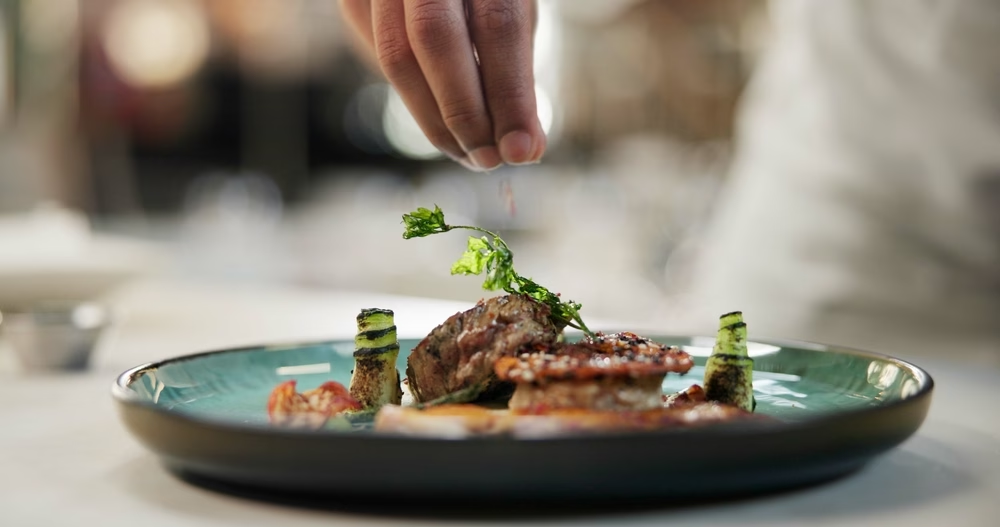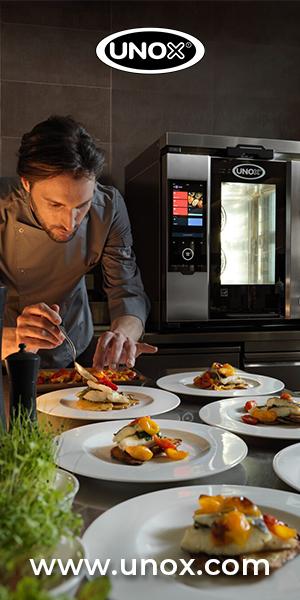Recent Retail Trade data from the Australian Bureau of Statistics show a 1.9% increase in national turnover for cafés, restaurants, and takeaway food services in the year to April 2025, bringing the sector’s value to $65.5 billion. Takeaway food services recorded the strongest year-on-year growth at 2.3%, followed by a 1.7% rise for cafés, restaurants, and catering.
In seasonally adjusted terms, the sector lifted by $61.7 million in April, with takeaway growing 2.1% and dine-in and catering increasing 0.5%. The data highlights stable, sustained demand for foodservice, particularly from customers looking for consistent, well-executed experiences at a fair price.
John Hart OAM, National President of Restaurant & Catering Australia, says the data reflects the sector’s ongoing adaptability and the strong relationship Australians maintain with local food businesses.
“The foodservice sector is holding ground in a tough environment. These figures show that Australians continue to rely on their local restaurants, cafés, caterers and takeaway outlets for day-to-day meals, convenience and occasion dining,” Mr Hart said.
“We’re seeing a shift toward practical indulgence. People are still dining out and ordering in, but they’re looking for reliability and value. Operators who can simplify their offer and deliver consistent quality are in the strongest position to grow.”
Takeaway continues to lead the way—driven by digital ordering, speed, and convenience. Delivery platforms, streamlined menus, and off-premises preparation models are continuing to shape this part of the market. Globally, these same shifts are being seen across the UK, US and Asia, where mobile ordering and hybrid formats are dominating the fast-casual and delivery segments.
For Australian restaurant and café operators, the focus remains on managing input costs, controlling wage costs, and staying relevant to local customers. Share-style menus, leaner rostering models, and better use of technology are being used to improve margins and service levels. In catering, the strongest opportunities remain in institutional contracts, particularly across health, aged care and education, where compliance, consistency and nutrition remain non-negotiable.
Despite the growth, businesses continue to face cost and workforce challenges. Price pressures, labour shortages and operational complexity remain critical barriers to a stronger recovery. Operators are doing the work to adapt, but targeted support is needed.
“This growth hasn’t come easy,” Mr Hart said. “We need smart policy settings that reflect the reality of the sector: practical visa reform, simplified awards, and investment in skills and digital capability.”
For businesses across Australia, the demand is clear. What matters now is how operators position themselves to deliver dependable, cost-effective foodservice in an environment that still demands agility.







